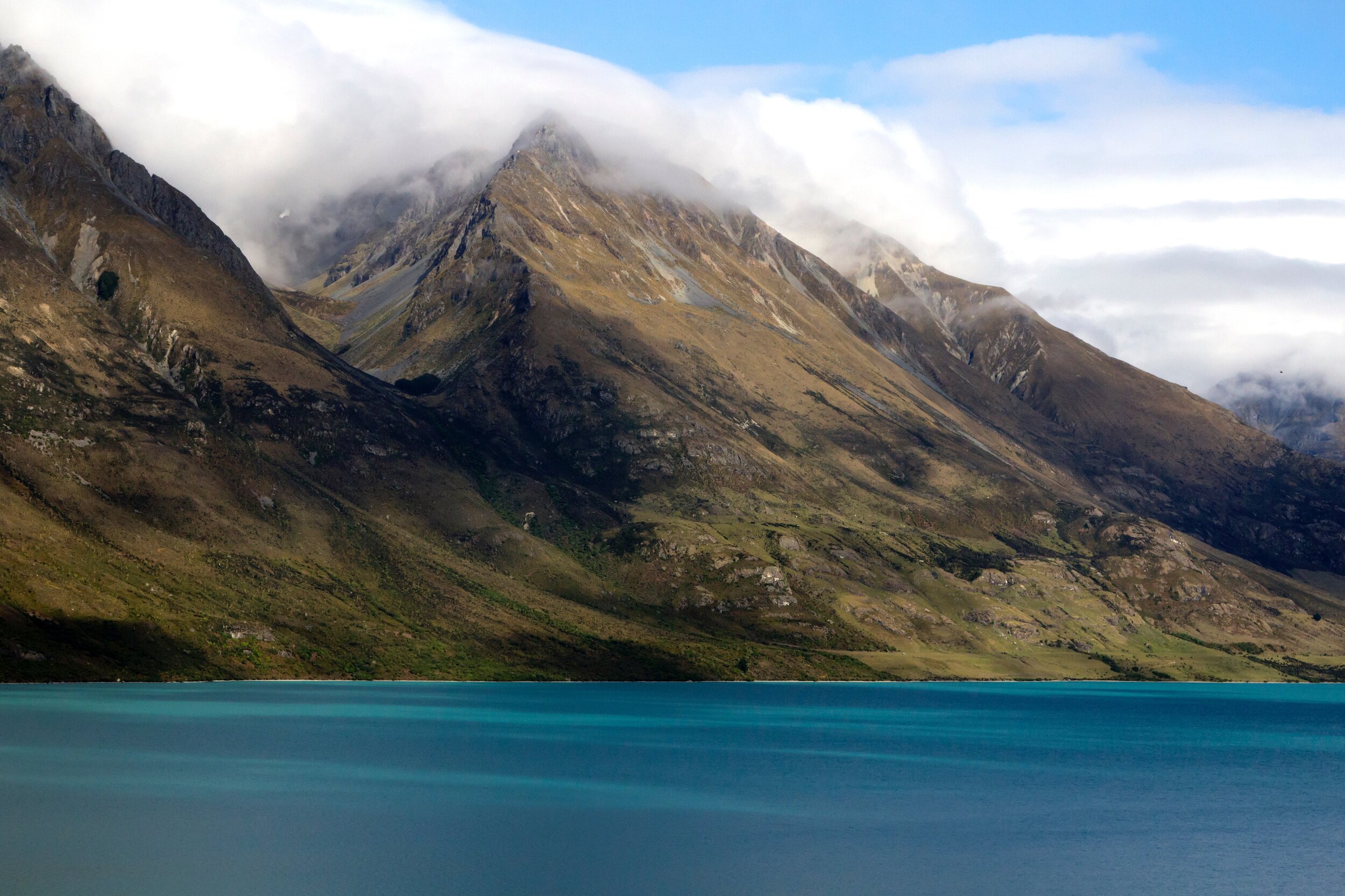
Species at Risk
Project Overview
Conservation and restoration efforts are critical for addressing species declines and loss of biodiversity globally. However, current restoration attempts at restoration are not always successful and so need improvement. One potential way to improve restoration effectiveness might be to better link community ecology theory into restoration. By better understand how species are influenced by the other species occurring alongside them, this may allow restoration actions to take a broader, more informed approach and improve species recovery by considering interactions with other species, environmental conditions and social values all together.
My research asks if including species interactions into a broader ecosystem wide approach can increase restoration success for freshwater species and ecosystems. I will investigate this using native unionid mussels in the lower Great Lakes, where 14 out of the 35 species are federally listed as being at-risk of extinction (Species at Risk Act, 2002). Freshwater mussels are entirely dependent on both physical habitat and community interactions to complete their life cycle. While suitable habitat conditions are needed for mussel survival, they also rely on host fish during their parasitic juvenile stage. This means that the interactions between mussels and other species are especially crucial for mussel reproduction and survival. Furthermore, mussels also provide many beneficial ecosystem functions and services (e.g. habitat stabilization, nutrient cycling and water purification) that influence much of the aquatic food web. Thus, testing a more holistic, ecosystem-based approach and its usefulness for mussel recovery may help overcome delays in biological recovery and help boost restoration efforts.
Objectives
Examine the extent to which interactions with other co-occurring species influence unionid communities, relative to habitat and environmental conditions.
Investigate how the interactions between unionids and other co-occurring species vary within catchments/watersheds.
Outcomes
The species at risk project will identify the attributes displayed by healthy and resilient unionid communities. This will help generate useful community and food-web based indicators for species- at-risk programs and help determine what is needed to help mussel species recover. In turn, this further develops support for effective combinations of restoration actions and whether more holistic approaches considering how species interact and coexist could be a more effective approach to restoring both mussels and other species at risk. Additionally, by expanding the reach of this research over space and time through comparing survey data to existing long-term datasets, the project will also show what data is needed to inform restoration actions. By doing this, my research will help guide routine biomonitoring done by local and federal partners to adequately address species at risk and so aid better management decisions.
‘Build it and they will come’ isn’t working for restoring our rivers.
Could community ecology and species interactions bridge the gap?

Evaluating the Impacts of River Infrastructure and Translocation on Freshwater Mussel Species-at-Risk
Project Overview
Stream and river ecosystems in the Great Lakes have been highly modified to accommodate culture, recreation and binational economies. Infrastructure works such as bridge construction and dams often involve the translocation of freshwater biodiversity such as at-risk Unionids (freshwater mussels). There is limited evidence on the effectiveness of translocation locally and globally, thus limiting our understanding of how successful these activities have been over time, and whether they can be improved upon in the future. Drawing on recent translocation projects in southwestern Ontario including across the Grand River watershed, the Sydenham River watershed & locations across the southwestern Ontario, we are exploring and quantifying the 'sucess' of this conservation practice to inform current policy and practice within Canada and beyond.
Funded By: Mitacs Accelerate Program with partner Dufferin Construction Company






